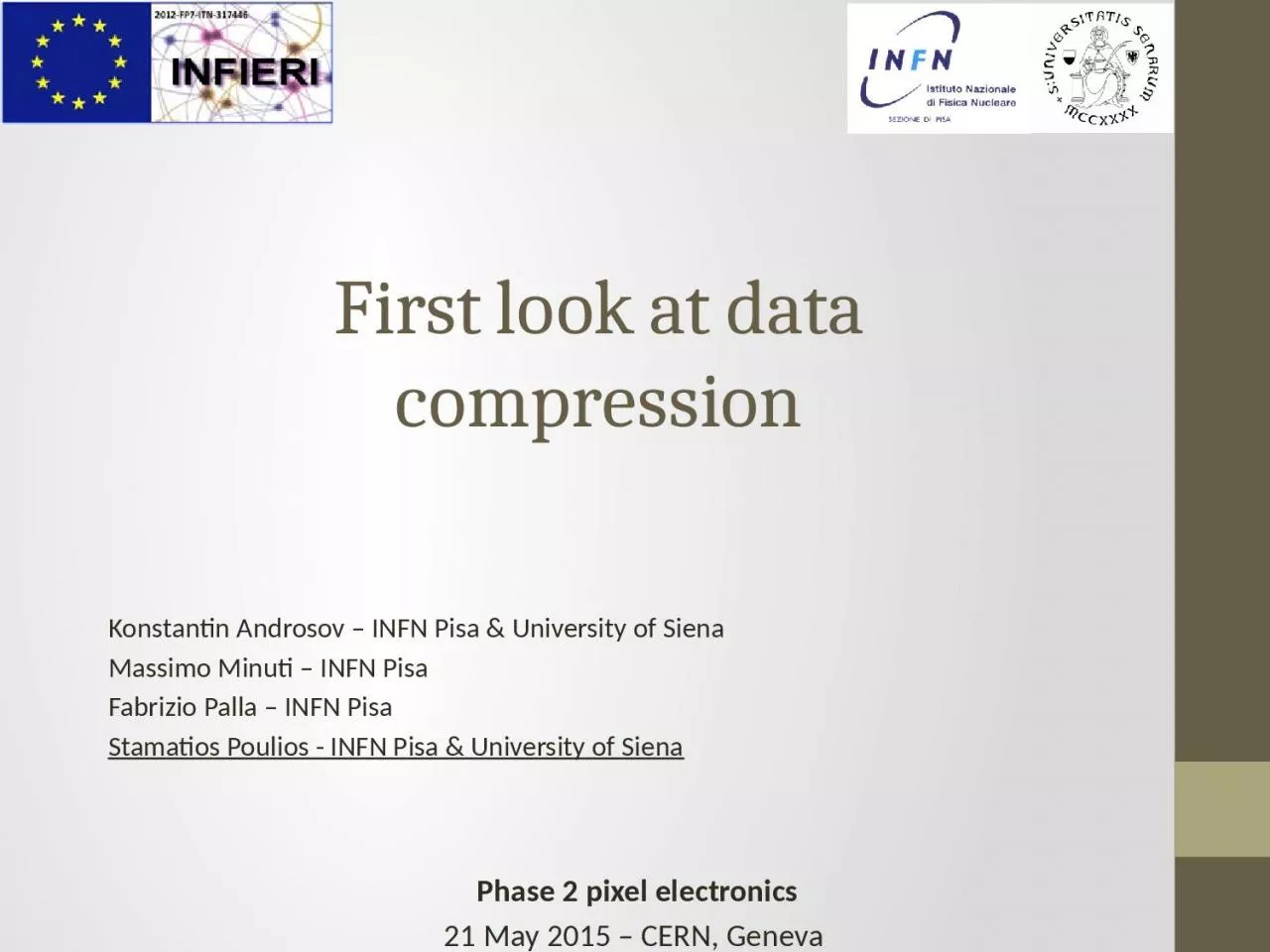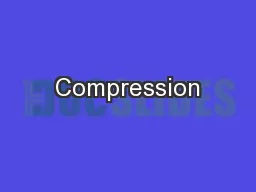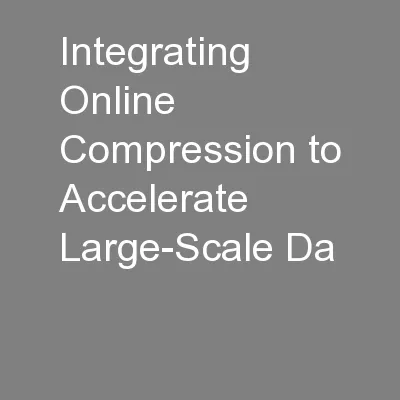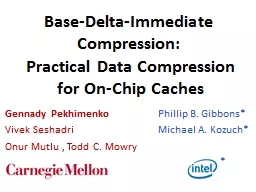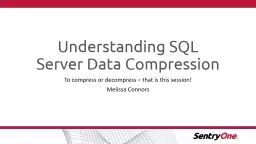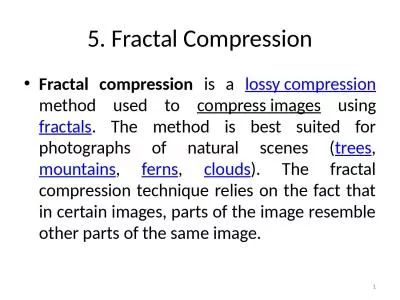PPT-First look at data compression
Author : belinda | Published Date : 2023-06-22
Konstantin Androsov INFN Pisa amp University of Siena Massimo Minuti INFN Pisa Fabrizio Palla INFN Pisa Stamatios Poulios INFN Pisa amp University of Siena
Presentation Embed Code
Download Presentation
Download Presentation The PPT/PDF document "First look at data compression" is the property of its rightful owner. Permission is granted to download and print the materials on this website for personal, non-commercial use only, and to display it on your personal computer provided you do not modify the materials and that you retain all copyright notices contained in the materials. By downloading content from our website, you accept the terms of this agreement.
First look at data compression: Transcript
Download Rules Of Document
"First look at data compression"The content belongs to its owner. You may download and print it for personal use, without modification, and keep all copyright notices. By downloading, you agree to these terms.
Related Documents

